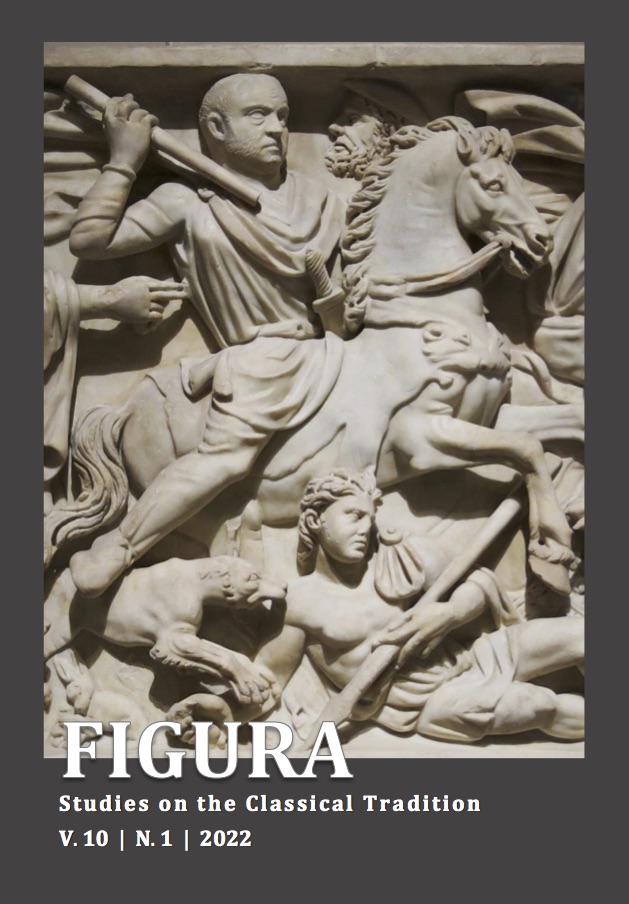Abstract
This article aims to observe the origins of Christian sacred art and its reception in the second decade of the 21st century. The historical outline will range from the beginning of Christianity until the Peace of the Church, up to the decree of religious tolerance by Constantine, comprising the 2nd, 3rd, and the beginning of the 4th centuries. There will be a leap into the second decade of the 21st century, to analyze the reception of the Paleochristian image in contemporaneity. The geography of its genesis will be verified, as well as the influences in its iconography from Greeks, Romans, and Egyptians. Then we will look at an example of a reinterpretation of the classic image of the Good Shepherd by the first Christians painters in the light of their new faith. Finally, we will examine the reception of this typology in the Latin Church of the 21st century, looking more closely to Marko Ivan Rupnik’s logo for the Extraordinary Jubilee Year of Mercy in 2015.
References
RUPNIK, Marco I., TOMMASO, Wilma S., PASTRO, Claudio, GRABAR, Andre

This work is licensed under a Creative Commons Attribution-NoDerivatives 4.0 International License.
Copyright (c) 2022 Christiane Meier

